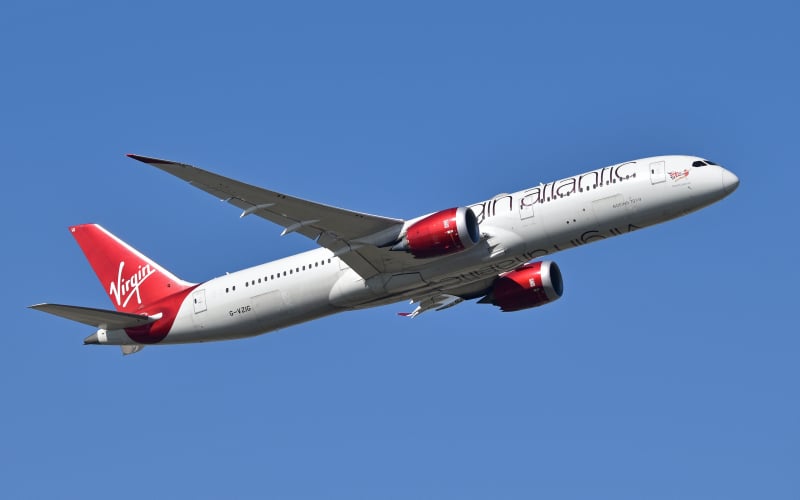Virgin Atlantic is the latest carrier to join the Starlink train, announcing that it will roll out high-speed satellite internet access from Q3 2026.
Mass installation is expected to start from the 3rdquarter of 2026, spanning across its entirely fleet of Boeing 787s, Airbus A350s and A330neos. The UK airline expects to outfit its entire fleet with the new transceivers by the end of 2027.
Siobhan Fitzpatrick, Chief Experience Officer, Virgin Atlantic, said:
“We never stop innovating for our guests and today, in a first for any UK airline, we’ll soon have free, streaming quality, unlimited, fleet-wide Wi-Fi. Together with Starlink, we are delighted to provide our guests with the best connectivity in the skies, further elevating our onboard experience.
“The new service allows our guests to create a home away from home experience, allowing customers to connect seamlessly, from the moment they board the aircraft, enjoying the same quality in the air as they do on the ground.”
But why late 2026? I suspect like with other carriers switching to Starlink, they have to go through a regulatory period to ensure the new hardware can be safely installed without compromising the frame of the aircraft under extreme conditions. They will also have to determine whether or not Starlink’s communication systems can operate safely without affecting the airplane’s on-board systems.
Even after receiving FAA approval, United Airlines was forced to turn off Starlink units on some of its aircraft after reports of static interference starting popping up shortly after the transceivers were installed and put into service. Starlink addressed the matter, saying the issue was limited to a few installations, and noted the problem is fairly common “with any new airline Wi-Fi provider”.
Starlink’s low orbit earth network is an undeniable game changer. Passengers typically get anywhere 100-200 Mbps on the download side, with some even hitting 300 Mbps in the middle east. Unfortunately upload speeds are nowhere as good (as the network prioritizes download bandwidth), but that shouldn’t be a major issue for the average flyer.













